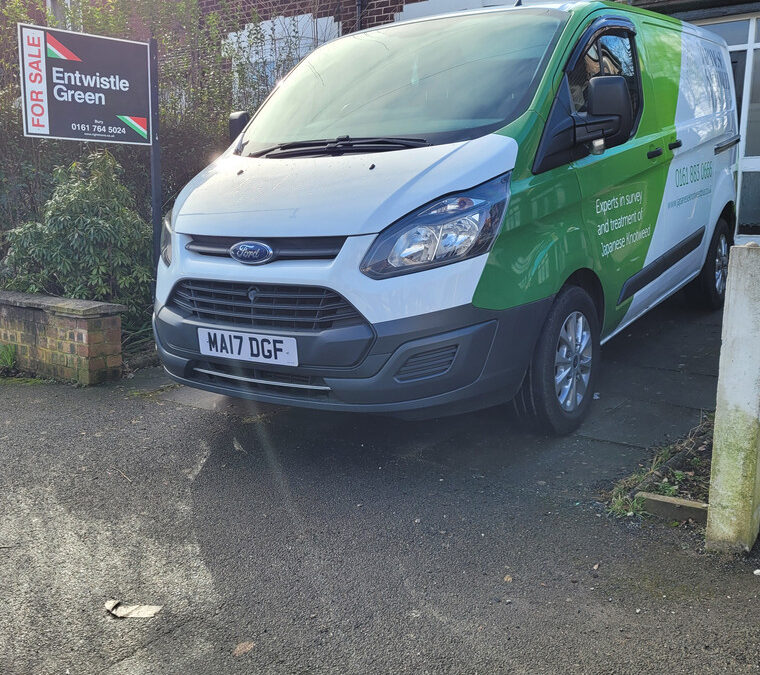Building on Land with Japanese Knotweed
Essential Steps for a Safe and Legal Development
Understanding Japanese Knotweed and Its Risks
Japanese knotweed (Fallopia japonica) is a highly invasive plant species that can cause significant damage to properties and affect their value. It can grow up to 3-4 meters in height and spread quickly, causing damage to buildings, walls, and pavements. Japanese knotweed also has deep and extensive root systems that can penetrate through weak spots in buildings, causing structural damage.
Developers planning to build on land infested with Japanese knotweed must understand the risks associated with this plant. Failure to deal with knotweed can result in legal and financial implications, including damage to property value, loss of planning permission, and the potential for legal action by affected parties.
Legal Requirements for Building on Land with Japanese Knotweed
Developers must comply with several legal requirements when building on land infested with Japanese knotweed. These requirements include:
- Assessing the extent of knotweed infestation: Developers must carry out a knotweed survey to determine the extent of infestation and the level of risk it poses to the development.
- Creating a Japanese knotweed management plan: A knotweed management plan should be created to outline the proposed measures for controlling and eradicating knotweed during and after construction.
- Monitoring and managing knotweed: Developers must monitor the land regularly for knotweed regrowth and take appropriate action to prevent its spread.
- Ensuring proper disposal of knotweed: Knotweed waste must be disposed of correctly to prevent its spread to other sites.
Managing Japanese Knotweed on Development Sites
Developers must follow best practices for managing Japanese knotweed on development sites to ensure a safe and legal development. Some of these practices include:
- Identifying knotweed hotspots: Developers should identify areas of high knotweed infestation and prioritize their management.
- Implementing knotweed control measures: Control measures can include excavation, herbicide treatment, or a combination of both. Excavation is usually more effective, but it can be expensive, so herbicide treatment is often used in conjunction.
- Ensuring proper waste disposal: Knotweed waste should be disposed of at a licensed facility to prevent its spread.
- Monitoring knotweed regrowth: Regular monitoring of the site is crucial to ensure that knotweed does not regrow and spread.
Conclusion
Developing on land infested with Japanese knotweed can be a challenging and costly process. However, with the right approach and adherence to legal requirements, it is possible to carry out a safe and legal development. Developers must carry out a knotweed survey, create a knotweed management plan, and follow best practices for managing knotweed on development sites. By doing so, they can ensure a successful and stress-free development while protecting their investment and complying with legal requirements.
